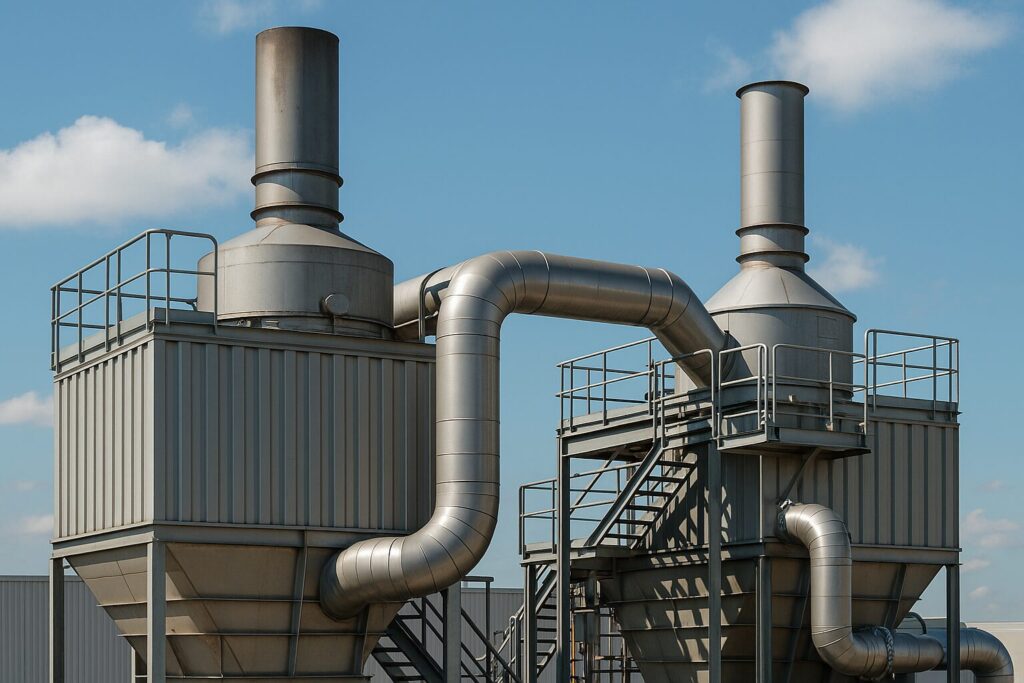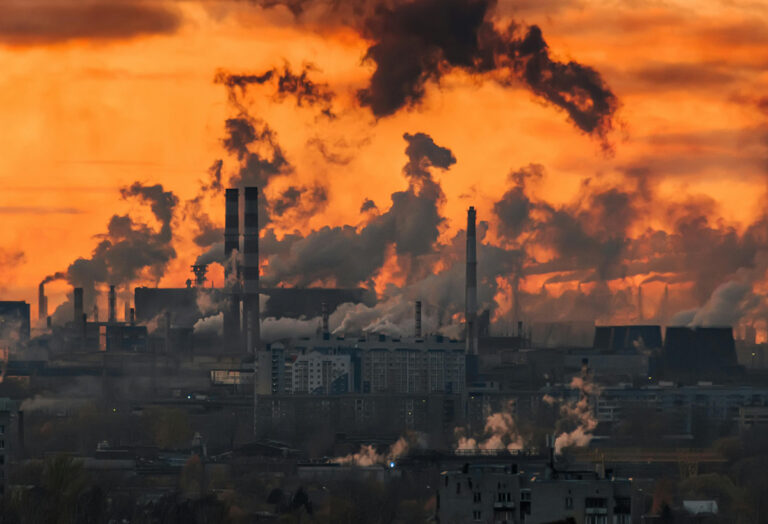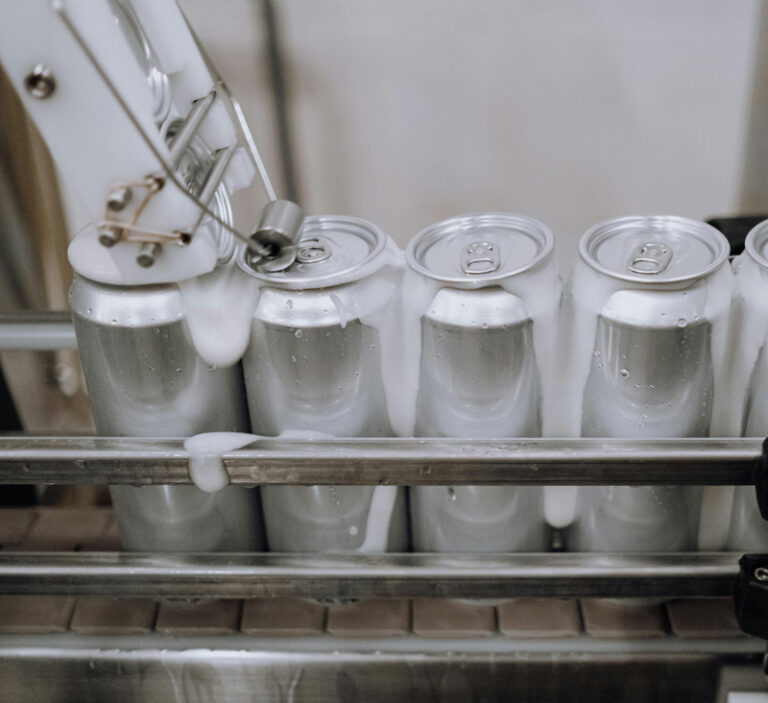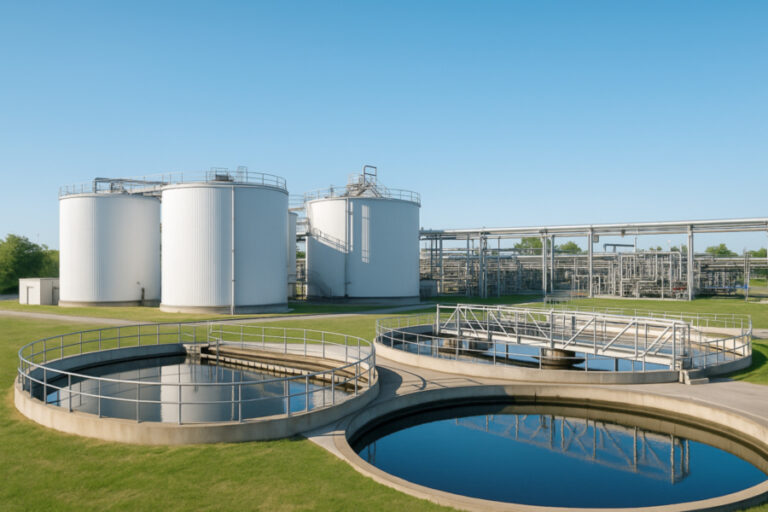Industrial VOC Treatment: Which Technology Should You Choose?
Industrial VOC treatment is a key technical challenge in modern industry, especially in light of increasingly strict environmental regulations and the need to reduce energy consumption. This article offers a comparative analysis of three leading technologies for VOC abatement:
- Regenerative Thermal Oxidation (RTO)
- Catalytic Oxidation (RCO)
- Biological systems: biofilters and bioscrubbers
📊 Technology Comparison Table for Industrial VOCs
Technology | Efficiency (%) | Operating Temp (°C) | Energy Use | Maintenance | Best For |
|---|---|---|---|---|---|
| RTO | 95–99.9 | 800–1000 | High | Medium–High | Complex, halogenated or variable VOCs |
| RCO | 95–99 | 250–450 | Medium–Low | Medium | Solvents, light hydrocarbons |
| Biofilters/Bioscrubbers | 85–98 | Ambient (20–40) | Very Low | High | Biodegradable VOCs (alcohols, ketones, etc.) |
Regenerative Thermal Oxidation (RTO)
RTO is a robust and highly effective solution for eliminating a wide range of VOCs. It operates at temperatures above 800°C, ensuring near-total destruction of contaminants.
Advantages:
- Very high removal efficiency
- Tolerant of variable and complex emission profiles
Disadvantages:
- High energy consumption
- Higher installation and operating costs
👉 Ideal for chemical, pharmaceutical, and automotive industries.
⚙️ Catalytic Oxidation (RCO)
RCO significantly reduces energy use by operating at lower temperatures (250–450°C). It uses metal catalysts to oxidize VOCs efficiently.
Advantages:
- High efficiency at lower operating cost
- Compact, easy-to-install design
Disadvantages:
- Sensitive to catalyst poisons (e.g., sulfur, heavy metals)
- Not recommended for chlorinated or corrosive compounds
👉 Best suited for printing, coating, and paint industries with clean, stable emissions.
🌱 Biofilters and Bioscrubbers: Sustainable VOC Treatment
These biological technologies use microbial activity to break down VOCs in ambient conditions, offering an environmentally friendly option with a very low energy footprint.
Advantages:
- Eco-friendly and energy-efficient
- Positive image for ESG and sustainability reporting
Disadvantages:
- Require stable environmental conditions
- Less efficient with toxic or high-load emissions
👉 Suitable for agri-food, wastewater treatment, composting, and other biodegradable emissions.
💡 Which Industrial VOC Treatment System Should You Choose?
The choice depends on several factors:
- Type of VOCs
- Flow rate and concentration
- Emission stability
- Budget and available space
While RTO is the most flexible and effective, RCO and biological systems can offer competitive advantages in energy efficiency and environmental sustainability, especially when tailored to specific emission profiles.
A technical audit and life-cycle assessment (LCA) are crucial for identifying the most cost-effective and environmentally sound solution.
All these factors must be carefully balanced when selecting a VOC abatement system. That’s why partnering with experienced engineers is often the difference between compliance and costly underperformance.
Key Engineering Factors When Selecting VOC Treatment Technologies
Based on decades of experience designing and implementing industrial VOC treatment systems, WIZZUM emphasizes that choosing the right technology involves far more than comparing removal efficiencies. In real-world operations, multiple technical and operational variables must be assessed to ensure performance, compliance, and long-term viability.
One of the most frequent pitfalls in early project stages is overestimating the stability of air flow rates or VOC load. Many facilities experience seasonal fluctuations or unpredictable emission spikes that can compromise biological systems like biofilters if not designed with adequate safety margins. For applications with high variability or uncertain loads, regenerative thermal oxidizers (RTOs) remain the most robust option, despite their higher energy demands.
Another critical factor is the presence of halogenated or sulfur-containing compounds. These substances can deactivate catalytic beds in RCO systems or generate corrosive by-products such as hydrochloric acid (HCl) or dioxins when not properly managed. In such cases, RTOs must be integrated with acid gas neutralization systems to ensure safe emissions control.
Energy recovery strategies are also key. Many of WIZZUM’s recent installations have included heat recovery units that capture energy from RTO exhaust and redirect it to adjacent industrial processes. This integration can reduce net energy consumption by over 40%, turning a thermal solution into a more sustainable option.
The rise of digital monitoring and predictive control has also transformed modern air pollution treatment. Real-time sensors, SCADA platforms, and AI-assisted analytics enable facilities to optimize operating parameters dynamically—adjusting airflow, combustion temperature, or biological loading to maintain compliance and reduce operational costs.
Lastly, maintenance requirements are often underestimated. Biological systems require constant supervision of pH, moisture, and nutrient balance, and are more prone to unplanned shutdowns. In contrast, a well-designed RTO can operate reliably for years with a predictable annual maintenance schedule.
🤝 Need Help Choosing the Right VOC Treatment Technology?
At WIZZUM, we support industrial clients in their transition toward cleaner, more sustainable air treatment technologies.
We offer:
- 📐 Comparative technical analyses
- 🛠️ Turnkey project design and execution
- 📋 Environmental consulting and compliance support
👉 Visit our Key Services page or contact us for a custom audit.
🔗 External Reference
Learn more about VOC destruction efficiency from the U.S. EPA.










